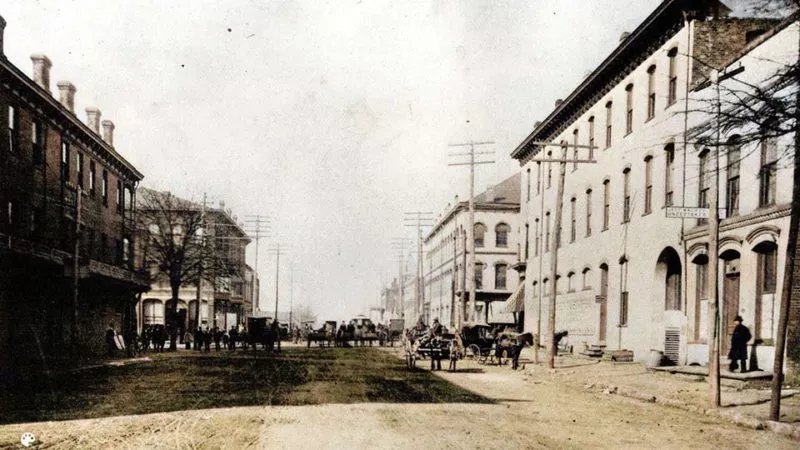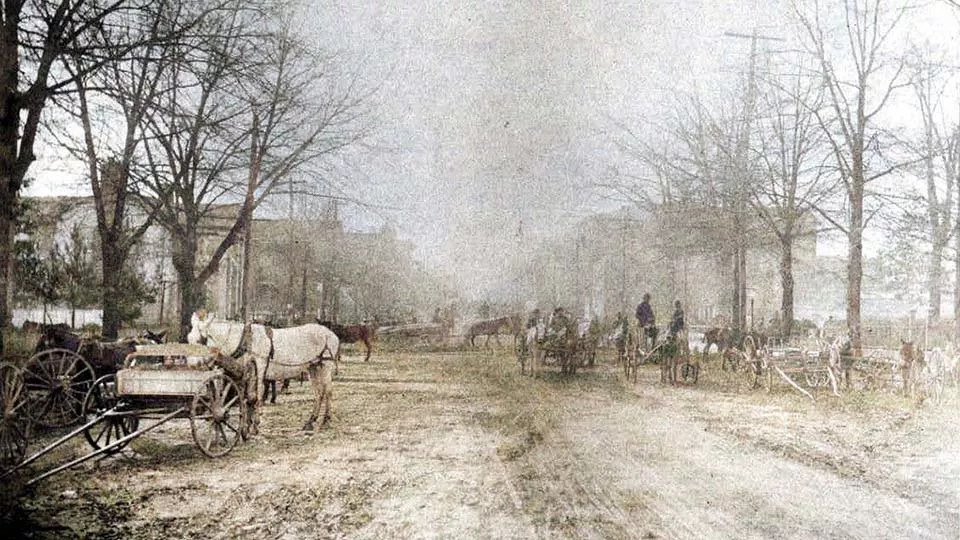Greenville is the setting of my historical fiction novel, “When He Was Gone,” which is focused on the remarkable true story of Elizabeth Garraux, one of the city’s early settlers.
So, what was Greenville like back then?
The city is now the state’s sixth largest, with a population of 74,000. But in the 1890s, Greenville was already a vibrant business center and the third largest city in the state, with more than 6,000 residents.
Amazingly for the time period, the Paris Mountain Water Company had already started providing water service from two reservoirs on the small mountain. The gas lamps on Main Street were replaced with electric streetlights, after the first electric plant was built downtown on the Reedy River near Broad Street.

Before the turn of the century, the downtown was booming, with several hotels, banks, druggists, tobacconists, bookstores, clothiers, groceries, a tailor, an opera house, a meat shop, and a newspaper.
A horse-drawn streetcar rail system ran the length of the business district and helped passengers reach depots for the main railway systems that transported them to other major cities.
The city had even begun to pave Main Street near the river, and there were telephones in some downtown homes and businesses. The population had become quite dense around Court Street, the city’s center where the courthouse was located, and eventually around the mills.
Though the city was growing by leaps and bound in the late 1800s, the North Main neighborhood where the Garraux’s lived was still considered to be “some distance from the city.” A trip to town meant traveling a mile and a half trip on undeveloped dirt roads and crossing two substantial streams. After heavy rain, the stream that now runs through McPhearson Park could become unpassable, canceling any trips downtown.
At that time, Main Street ended at about Earle Street, just before it reached the Garraux homestead. So, though the city was growing and developing quickly, the new conveniences of the turn-of-the-century took years to spread into the rural neighborhoods at the edge of the city.
I love looking at the city now and picturing it then. I hope you also enjoy the glimpses of the past.

